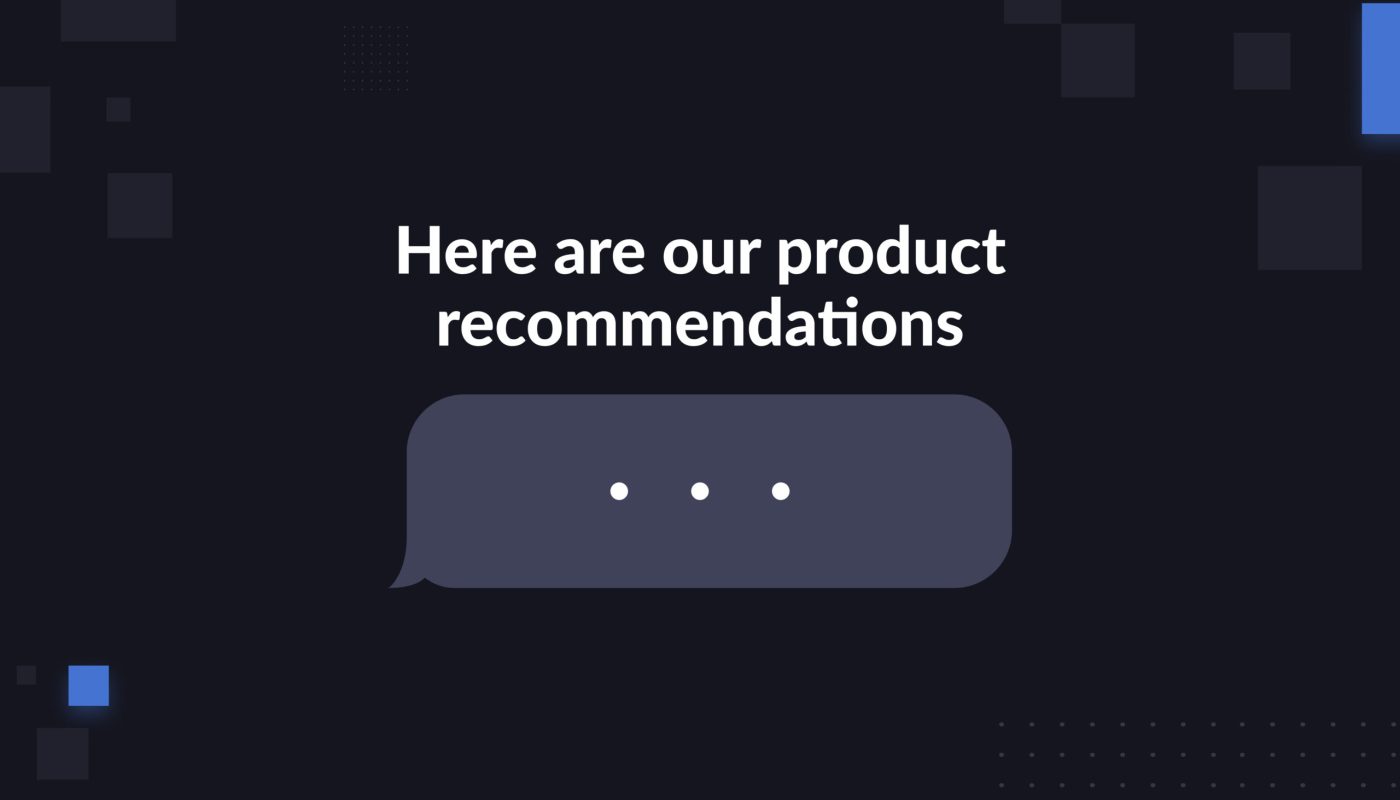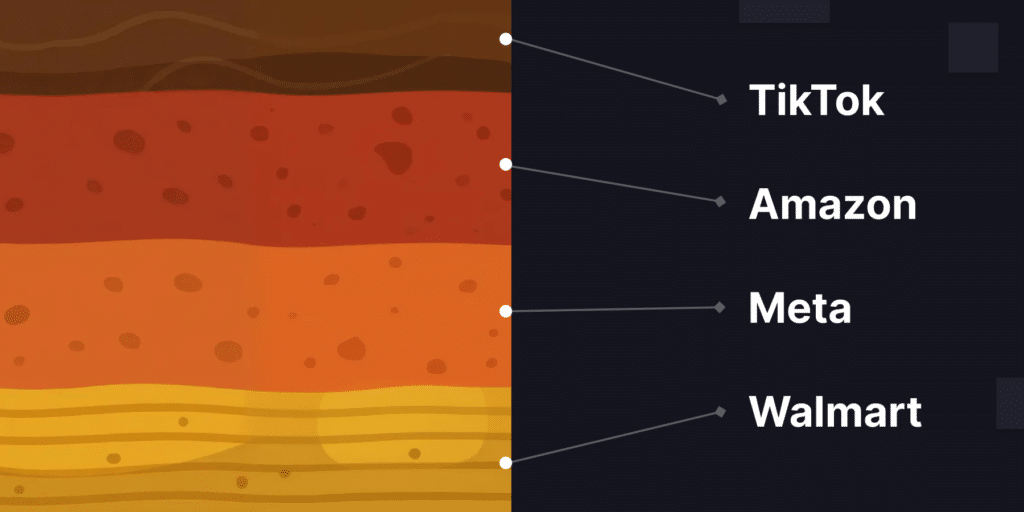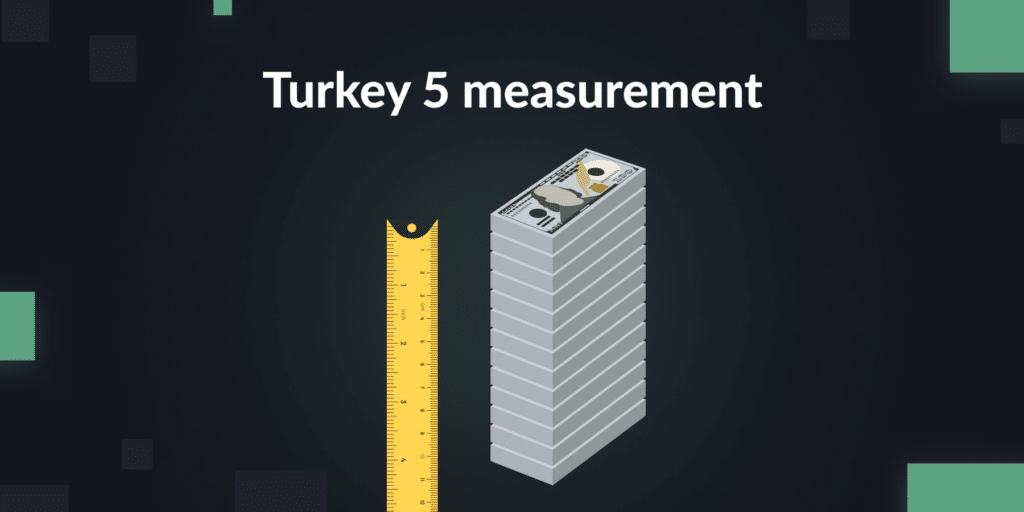The old-school e-commerce storefront is about to undergo a big shakeup—one that puts AI optimization front and center.
In recent years, most brands have become skilled at adapting their DTC and Amazon pages for search. Choose the right titles, pepper in some strong keywords, and you can index highly in search results.
Soon, everyone will be needing to add “AI-optimized” to their toolkit, too.
You may have seen that ChatGPT announced it is rolling out shopping capabilities in its Search product. ChatGPT will now surface product recommendations across fashion, beauty, electronics, and other select categories.
For now, you can’t buy those products directly within a ChatGPT conversation. ChatGPT will just link off to those specific product pages, and shoppers have to purchase them from third-party sites as usual.
But that could change soon. As one example: Payment provider Visa is working with OpenAI, Anthropic, Microsoft, and many other AI chatbot providers to integrate its payment tools into AI conversations.
Visa wants to allow these AI agents to securely save your payment information. That way, if the AI agent suggests a product for you to purchase, you can complete the checkout without leaving, say, ChatGPT.
All of this is part of a world called “conversational commerce,” referring to the process of buying a product based on chatbot recommendations.
We can’t know yet how many sales conversational commerce will drive. It’s possible it’ll never overtake traditional search and discovery. But given how many millions of people use ChatGPT every day, it is something to take very seriously right now.
What does an AI-optimized storefront look like on Amazon?
Many of these AI-driven conversations lead back to Amazon.
On one hand: ChatGPT product recommendations include links both to DTC sites and to Amazon.
On the other: Amazon has its own AI recommendation system in the form of Rufus. And lately, Rufus has become a bigger part of product discovery on Amazon.
Now, when you type in an Amazon search, the drop-down of suggested searches also includes suggested questions for Rufus.
So when you search “potato chips,” for instance, Amazon will suggest ways to start a conversation with Rufus. Like “What types of potato chips are the healthiest options?”
This is designed to push more shoppers toward using Rufus for product discovery.
How do you optimize your storefront for Rufus?
When Amazon shoppers ask Rufus for help, they often have specific parameters in mind. “Can you recommend a healthy snack brand?” is a typical one, or “Show me a dog bed under $50.”
In the background, Rufus trawls product descriptions and reviews across Amazon, and surfaces a list of product recommendations that seem to most closely fit the original shopper question.
So as a brand, how do you think about optimizing your product pages so you start appearing in Rufus conversations?
Old-school search-based strategies, like savvy keyword harvesting, still work. In the Intentwise Ad Optimizer, you can easily see which high-converting keywords you are missing from your product description, and add them in an instant.
These keywords often appear in a customer Rufus inquiry. The same shopper who might previously have searched “durable running shoes,” for instance, now asks Rufus, “Can you recommend me durable running shoes?”
It pays to have these keywords in your product page.
There are other tactics, too. Some brands, as we’ve discussed previously (and as Modern Retail wrote), are actively reverse-engineering the questions that customers seem to be asking Rufus about their category.
Remember, Amazon actively suggests questions to pose to Rufus. It’s worth figuring out what those question suggestions are for products like yours.
To do this, type some of your top keywords into Amazon, and see which Rufus question suggestions are surfaced. Then, put those questions and answers into your product listings.
That way, you know you’ll index well for a frequently asked question.
Since Rufus is ultimately scraping Amazon pages to find the most relevant product, the idea is that engineering your page for Rufus will boost your likelihood of showing up there.
It’s a way to get a lot of visibility, without spending a ton on ads.
What’s next for the AI storefront on Amazon?
Brands are still figuring out all of the contours of how Rufus works, but we recently got a big hint at what’s coming next for AI optimization on Amazon.
Amazon recently announced that, by the end of the year, it will roll out two-part titles.
In addition to the typical title featuring your brand name, product type, and product size, brands will also be expected to create a secondary title description, called “Product Highlights.”
Product Highlights will include the core features, benefits, and advantages of your product.
Product Highlights will almost certainly be used as a data source to improve the recommendations from Rufus.
Right now, the best unstructured data that Amazon has is product reviews. These can, of course, be misleading and inaccurate at times.
Product Highlights will be a way to pitch yourself more effectively for Rufus.
No one should abandon their usual search-and-discover optimization strategies. These still are how the vast majority of shoppers find you, and they have real value. But it’s time to start thinking about how you can optimize your storefronts for these AI tools.
Think about your feature highlights, think about creating FAQs. Basically, you want to build a database of structured data that the AI system can use to surface your products in conversation.




